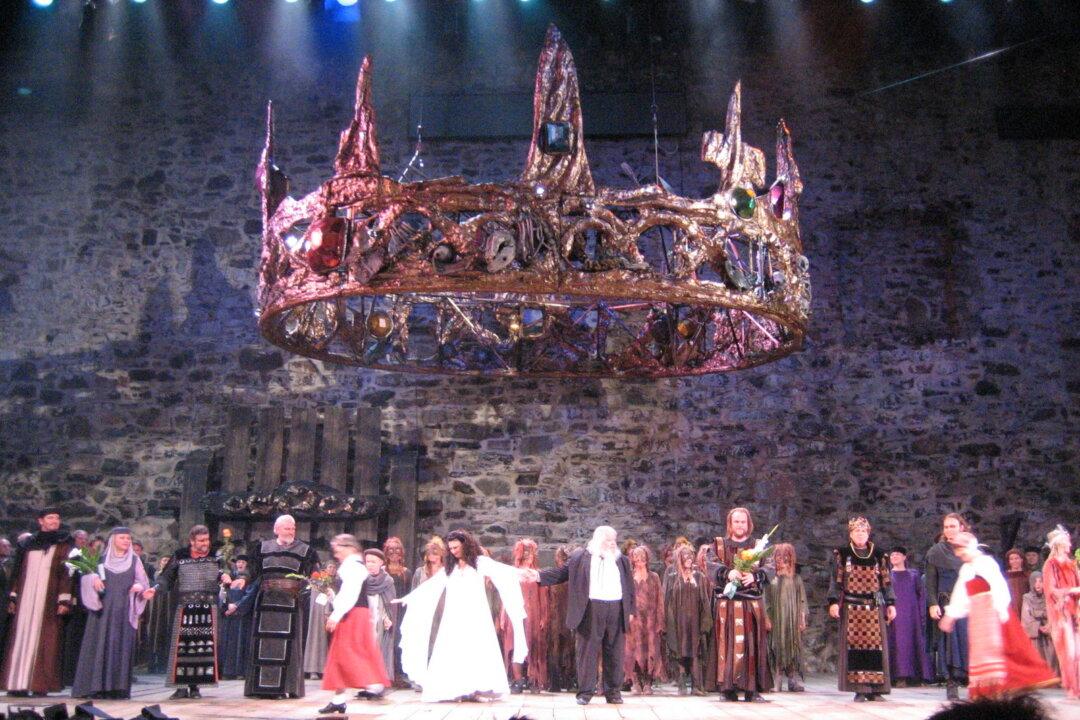As news of the American Revolution traveled through Europe, ideas around about personal freedom and nationalism emerged, impacting all areas of society, including the arts. Classical music transitioned from its formal constraints of the previous era to the limitless possibilities of the Romantic period (1830–1900). Opera, in particular, came to embody the trends of this era.
Rooted in the operatic traditions of C.W. Gluck and Wolfgang Amadeus Mozart, and led by Ludwig van Beethoven, Romantic opera took storytelling to new heights, often drawing inspiration from literature and current or historical events. Other prominent composers of the era—Gioachino Rossini (1792–1868), Gaetano Donizetti, Vincenzo Bellini, Giuseppe Verdi (1813–1901), and Richard Wagner (1813–83)—pushed the boundaries of musical expression, using beautiful music to express powerful feelings, creating an enduring legacy in the operatic world.






